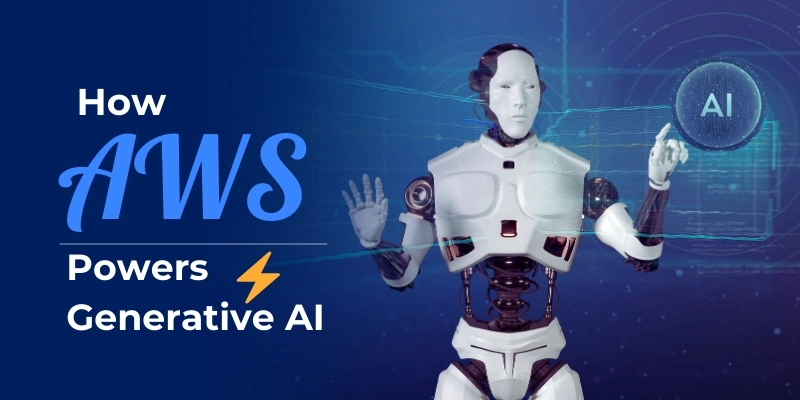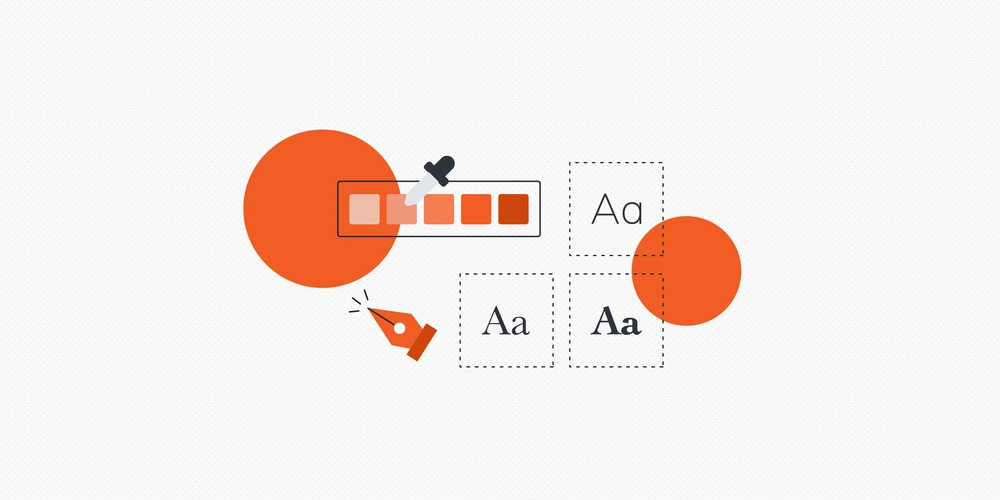From Sci-Fi to Say-Hi: The History of Conversational AI
When's the last time you engaged in dialogue with your computer - aside from a sci-fi film? From HAL 9000's murderous sentience in "2001: A Space Odyssey" to the intimate relationship Theodore has with his OS "Samantha" in "Her," the film and television industries have been very intrigued by the overlaps of human and machine potential. What was once merely an ideological possibility has transformed into a practical reality at our fingertips. The history of conversational A.I. goes back to the 1960s development of ELIZA, a basic computer program created by Joseph Weizenbaum of MIT. ELIZA spoke to users and responded via a simple pattern matching and substitution response system - she seemed to be talking to people, but she had no rhyme or reason to understand what was going on. But for that time, it was revolutionary. For A.I. capabilities assessed today, it's a drop in the bucket. Yet concerns of ELIZA having feelings and operating like a human came into play, which speaks to how easily we operate - even at the most basic levels - with anthropomorphizing communicative encounters. Shortly after ELIZA came PARRY in the 1970s and A.L.I.C.E. in the 1990s, two prominent endeavors that helped the field of natural language processing develop in small increments. These systems relied upon basic pattern matching and learned responses to talk to users, but the innovations were still not enough for meaningful dialogue. The significant shift in AI talking happened in the 2000s and 2010s. AIs no longer had to "talk" in predetermined ways programmed by earlier communication. With the advent of neural networks and machine learning, AIs learned increasingly from large datasets, identifying patterns, and consequently generating responses that increasingly made sense over time. The ability to "talk" in a learned sense - as opposed to a programmed one - was revolutionary for the way AIs would subsequently talk to humans. When Siri (2011), Google Assistant (2016), and Alexa (2014) entered the world, their conversational AI capabilities reached millions of homes worldwide. However, much of this technology was developed to perform tasks, not to communicate - and yet, machine-to-human dialog became commonplace and an everyday occurrence. We're in the midst of a generational shift. The chatbots of this generation are not merely conversational bots - they're becoming companions. They can chat with you over different sessions, have emotional responses, and create a personality that the user finds charming. They will do much more than talk to us. Not to mention the romantic AI connections that abound - with entire websites devoted to fostering such development. Where previous generations tried to answer and assist on a practical level, these systems appeal to foster emotional connection. These systems aren't necessarily new, but the methods used have evolved. For example, where before, systems with minimal ability would only provide a static response of the most banal answer possible; now, LLMs trained on diverse datasets can respond in incredibly fluent, contextually appropriate ways. Furthermore, systems that employ reinforcement learning from human feedback (RLHF) teach these systems to improve more and align better with human morality and expectations. Where once people communicated solely through written text, AIs can communicate in multimodal formats now. For instance, with voice synthesis, AI voice chatting becomes more natural as tone and emotional fluctuations in sound relay meaning that was often missed in previously monotone sounds. Furthermore, certain platforms even possess real-time imaging as people talk; thus, during the back and forth, people and AIs can reference avatars or videos to stress what they're trying to get across. In addition, the range of potential AI conversations to be had has expanded exponentially this year. Where only productivity-based interventions existed, there are now professional copywriters and ghostwriters for your books, not to mention creative collaborators for anything written or drawn. But the most exciting of new AI conversations to be had are those that are NOT AI conversations at all - meaning they are constructed to sound and engage as a give and take with a human so much so that you forget you're not talking to one. Personalization AI companions will be increasingly personalized. Where current-day companions take traits and conversation as default for a large population of similar users, the AI of the future will learn specific traits, modes of communication, and needs over time and be wholly devoted to the partnership. Companions will be there for their humans and provide an invaluable experience. Emotional Sensitivity AI companions will be increasingly emotionally attuned as they learn about emotion and emotional expression. They'll be able to sense slight changes in emotion based on word choice and tone and adjust responses to mirror or alter. Thi

When's the last time you engaged in dialogue with your computer - aside from a sci-fi film? From HAL 9000's murderous sentience in "2001: A Space Odyssey" to the intimate relationship Theodore has with his OS "Samantha" in "Her," the film and television industries have been very intrigued by the overlaps of human and machine potential. What was once merely an ideological possibility has transformed into a practical reality at our fingertips.
The history of conversational A.I. goes back to the 1960s development of ELIZA, a basic computer program created by Joseph Weizenbaum of MIT. ELIZA spoke to users and responded via a simple pattern matching and substitution response system - she seemed to be talking to people, but she had no rhyme or reason to understand what was going on. But for that time, it was revolutionary. For A.I. capabilities assessed today, it's a drop in the bucket. Yet concerns of ELIZA having feelings and operating like a human came into play, which speaks to how easily we operate - even at the most basic levels - with anthropomorphizing communicative encounters.
Shortly after ELIZA came PARRY in the 1970s and A.L.I.C.E. in the 1990s, two prominent endeavors that helped the field of natural language processing develop in small increments. These systems relied upon basic pattern matching and learned responses to talk to users, but the innovations were still not enough for meaningful dialogue.
The significant shift in AI talking happened in the 2000s and 2010s. AIs no longer had to "talk" in predetermined ways programmed by earlier communication. With the advent of neural networks and machine learning, AIs learned increasingly from large datasets, identifying patterns, and consequently generating responses that increasingly made sense over time. The ability to "talk" in a learned sense - as opposed to a programmed one - was revolutionary for the way AIs would subsequently talk to humans.
When Siri (2011), Google Assistant (2016), and Alexa (2014) entered the world, their conversational AI capabilities reached millions of homes worldwide. However, much of this technology was developed to perform tasks, not to communicate - and yet, machine-to-human dialog became commonplace and an everyday occurrence.
We're in the midst of a generational shift. The chatbots of this generation are not merely conversational bots - they're becoming companions. They can chat with you over different sessions, have emotional responses, and create a personality that the user finds charming. They will do much more than talk to us.
Not to mention the romantic AI connections that abound - with entire websites devoted to fostering such development. Where previous generations tried to answer and assist on a practical level, these systems appeal to foster emotional connection.
These systems aren't necessarily new, but the methods used have evolved. For example, where before, systems with minimal ability would only provide a static response of the most banal answer possible; now, LLMs trained on diverse datasets can respond in incredibly fluent, contextually appropriate ways. Furthermore, systems that employ reinforcement learning from human feedback (RLHF) teach these systems to improve more and align better with human morality and expectations.
Where once people communicated solely through written text, AIs can communicate in multimodal formats now. For instance, with voice synthesis, AI voice chatting becomes more natural as tone and emotional fluctuations in sound relay meaning that was often missed in previously monotone sounds. Furthermore, certain platforms even possess real-time imaging as people talk; thus, during the back and forth, people and AIs can reference avatars or videos to stress what they're trying to get across.
In addition, the range of potential AI conversations to be had has expanded exponentially this year. Where only productivity-based interventions existed, there are now professional copywriters and ghostwriters for your books, not to mention creative collaborators for anything written or drawn. But the most exciting of new AI conversations to be had are those that are NOT AI conversations at all - meaning they are constructed to sound and engage as a give and take with a human so much so that you forget you're not talking to one.
Personalization
AI companions will be increasingly personalized. Where current-day companions take traits and conversation as default for a large population of similar users, the AI of the future will learn specific traits, modes of communication, and needs over time and be wholly devoted to the partnership. Companions will be there for their humans and provide an invaluable experience.
Emotional Sensitivity
AI companions will be increasingly emotionally attuned as they learn about emotion and emotional expression. They'll be able to sense slight changes in emotion based on word choice and tone and adjust responses to mirror or alter. This will be helpful for those in crisis from loneliness or needing a therapeutic approach.
Ethics and Limitations
Whereas partners with AI more and more join the ranks of partnership with humans, it's interesting to note ethics emerging - does the program avoid triggering people? What is the interaction debt from creators to end-users? It learns. Its limitations and ethical requirements.
Yet, while this technology remains a digital one for now, one day, these companions could be more tangible and corporeal through robotics, AR, or VR. Imagine engaging in conversation with a being that can wave its arms, react through facial expressions, and contextual awareness. The merger would be all the more seductive.
Conclusion: Humanity - and AIs - Continue to Evolve Together
The ability to have more human-like conversations with AIs is one of the most thrilling advancements along the human-technology frontier. Where once it appeared to be merely a transient thought of the far-off future, such a capability exists here and now - and these systems are changing the way we communicate with technology and ultimately, one another.
Whether or not we become increasingly enmeshed with technology to the point where it's increasingly challenging to distinguish between human and artificially produced from a communicative standpoint - and never mind the next step of connectivity, genuineness, and engagement between sentient beings - is yet to be determined. But one thing remains clear, practically or theoretically: The ability to communicate with machines and have them respond to us has changed how we understand communication, sentience, and coherent beings - and perhaps even existence.
What began as a stroll with ELIZA has launched us into a state of never-ending progress. It's important to acknowledge, here and now - during an era where science fiction is becoming scientific fact - that the rest of the A.I. story - and the greatest part - will be created by us.
Explore more about the future of AI conversations and where this technology is headed next.









































































































































































![[The AI Show Episode 142]: ChatGPT’s New Image Generator, Studio Ghibli Craze and Backlash, Gemini 2.5, OpenAI Academy, 4o Updates, Vibe Marketing & xAI Acquires X](https://www.marketingaiinstitute.com/hubfs/ep%20142%20cover.png)



























































































































![[FREE EBOOKS] The Kubernetes Bible, The Ultimate Linux Shell Scripting Guide & Four More Best Selling Titles](https://www.javacodegeeks.com/wp-content/uploads/2012/12/jcg-logo.jpg)



![From drop-out to software architect with Jason Lengstorf [Podcast #167]](https://cdn.hashnode.com/res/hashnode/image/upload/v1743796461357/f3d19cd7-e6f5-4d7c-8bfc-eb974bc8da68.png?#)






































































































.png?#)




.jpg?#)
































_Christophe_Coat_Alamy.jpg?#)







































































































![Rapidus in Talks With Apple as It Accelerates Toward 2nm Chip Production [Report]](https://www.iclarified.com/images/news/96937/96937/96937-640.jpg)









































































































































